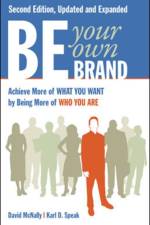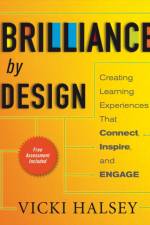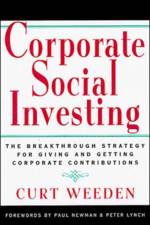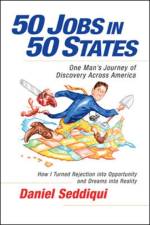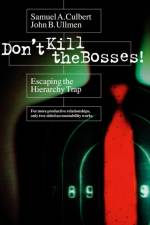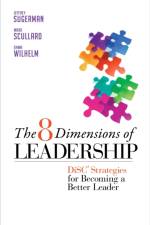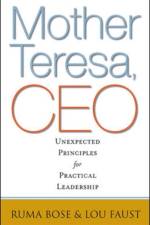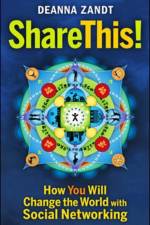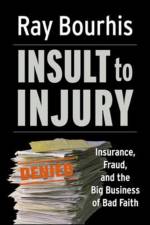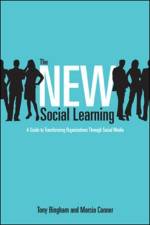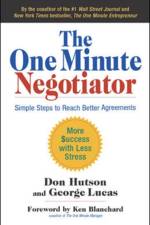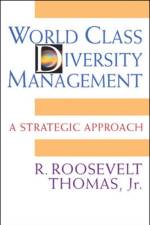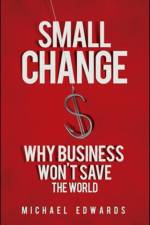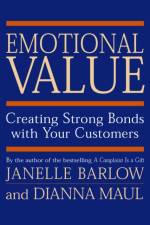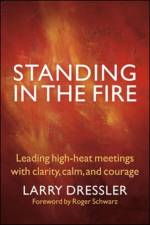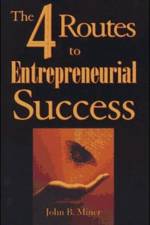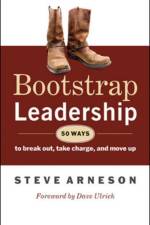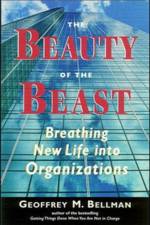av MINER
281
It is a common belief that there is an entrepreneurial personality-that a certain type of person is capable of becoming a successful entrepreneur, while others are not. Research supports this view, and yet there are countless stories of people who have failed in one entrepreneurial venture only to succeed in another, and still others who have achieved initial success, yet failed when their company reached a certain size. John B. Miner, an expert in the fields of entrepreneurship, human resource management, and personality psychology, has spent 20 years researching these and other curiosities about entrepreneurial success. In this groundbreaking book, he details his extensive research that shows that there is not a single entrepreneurial personality type, but rather, there are four distinct personality types that make for successful entrepreneurs. Based on 20 years of research and a systematic seven-year study of 100 entrepreneurs, The 4 Routes to Entrepreneurial Success details the distinctive characteristics of each of the four types and explains why they succeed or fail. Using Miner's self-assessment questionnaire, you'll discover whether you possess the talents, skills, and characteristics it takes to start and run your own business. The results of the questionnaire will help you determine how you can be successful as an entrepreneur. The different routes by which each of the four types achieves success are explored in detail, and numerous real-life examples of established entrepreneurs are included throughout. If you're a would-be entrepreneur, this accessible, easy-to-read, and practical book can help you achieve the success you dream of. Miner explains that, to be successful, entrepreneurs must concentrate on their special talents and strengths, while finding ways to compensate for their weaknesses to accomplish the rest of the business process. For instance, while Supersalespeople are experts at bringing in new customers, they often lack the necessary management skills to run a successful business, and therefore need someone else to oversee the operations. Expert Idea Generators are good at creating new ideas, but need others to develop effective systems to get them to market. The characteristics of each type of entrepreneur are explored in detail, as well as the routes by which each achieves success, and numerous real-life illustrative case studies of established entrepreneurs are included throughout. Most importantly, Miner provides individuals with practical guidelines for mapping out their own routes to success. The 4 Routes to Entrepreneurial Success can help you assess not only whether your personality is suited to the entrepreneurial lifestyle, but also what type of venture you should consider and what role you should play in your business to guarantee success. In addition to outlining each type's inherently appropriate career route, Miner insightfully addresses gender differences, the value of entrepreneurial development and formal degree programs, and entrepreneurial options for those who do not fit into any of the types described. The 4 Routes to Entrepreneurial Success will help prospective entrepreneurs assess their own talents and determine what type of venture offers them the greatest chances for success. Established entrepreneurs will gain new perspective on current problems and learn to foresee and avoid potential pitfalls. Senior managers and human resource managers will find valuable tools for staffing corporate ventures, while bankers, venture capitalists, and other investors can better assess the risk and return related to their investment.

